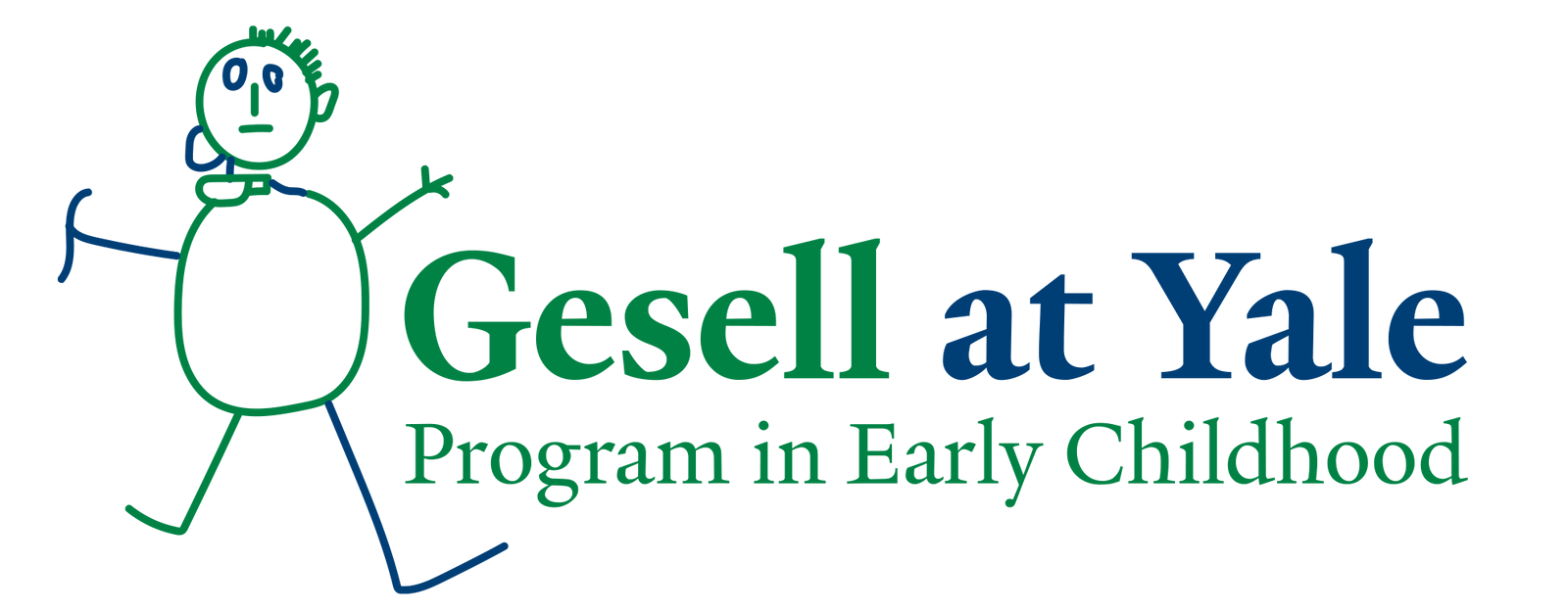Play: It’s not all child’s play.
In July we introduced our summer Play Based Learning pilot program with the New Haven Public Schools (see kick off blog post here). On the very first day a caring mother asked me, “I know this program is focused on playing, but will you also help her with her reading?” The myth of academics and play as opposing processes, as discussed in our blog post “Books vs. Blocks”, was not only on parents’ minds.
How will children learn necessary skills, many wondered, if all they do is play?
In an effective play-based classroom, children choose activities based on where their interest and inquiry takes them. In our program, materials are impeccably  chosen to offer provocations and set children up to learn or practice needed skills or gain useful knowledge. A classroom might include a drama center, a science area and water table, a reading nook, a math manipulatives center with a real life problem to address and of course blocks. While it may seem like the teacher’s job is a piece of cake (just hang out and watch kids play all day?) don’t be fooled. Good teachers are busily in the mix; appropriately encouraging kids to explore, and scaffolding their knowledge all while facilitating social skills.
chosen to offer provocations and set children up to learn or practice needed skills or gain useful knowledge. A classroom might include a drama center, a science area and water table, a reading nook, a math manipulatives center with a real life problem to address and of course blocks. While it may seem like the teacher’s job is a piece of cake (just hang out and watch kids play all day?) don’t be fooled. Good teachers are busily in the mix; appropriately encouraging kids to explore, and scaffolding their knowledge all while facilitating social skills.
Rather than think of academics and play as opposing practices, consider types of play on a spectrum, useful for different goals. While free play is essential for all children, at all ages, it is not the best way to achieve explicit learning goals. For that, research tells us, we need guided play. Guided play takes advantage of children’s natural abilities to learn through play by allowing them to express their autonomy within a prepared environment and with adult scaffolding. Guided play is initiated by a teacher (or other adult) but the child is allowed to direct the journey of the play. For example, in our program, one classroom offered a sea creature puzzle, to accompany their Wondering Question “What is the sea useful for?”.
Two children began to construct the puzzle, but were quickly curious about one unfamiliar sea creature. A teacher, sitting on the floor with the children, noticed  this curiosity and asked what the children “hypothesized” it might be, encouraging them to record their guesses on a white board. Then, the children found the box to the puzzle, scoured it for clues, and came upon the conclusion that the mystery creature was a dugong. Rather than insisting that the children focus on their work of making the puzzle, the teacher followed their lead and in the process extended their vocabulary, practiced literacy and writing skills, introduced them to the scientific method and advanced their knowledge of sea creatures. Later that day a child in the class proudly told me they had discovered a dugong, remembering the word because the learning was self initiated and in context.
this curiosity and asked what the children “hypothesized” it might be, encouraging them to record their guesses on a white board. Then, the children found the box to the puzzle, scoured it for clues, and came upon the conclusion that the mystery creature was a dugong. Rather than insisting that the children focus on their work of making the puzzle, the teacher followed their lead and in the process extended their vocabulary, practiced literacy and writing skills, introduced them to the scientific method and advanced their knowledge of sea creatures. Later that day a child in the class proudly told me they had discovered a dugong, remembering the word because the learning was self initiated and in context.
Guided play takes the best of the child-directed nature of free play and intersects  it with the focus on learning outcomes and adult scaffolding of traditional academic classrooms. As described in our blog post “Why Playful Learning Works”, developmentally appropriate play is an opportunity to promote the social-emotional, cognitive, language and self-regulation skills that build executive function and a prosocial brain. In short, play is learning.
it with the focus on learning outcomes and adult scaffolding of traditional academic classrooms. As described in our blog post “Why Playful Learning Works”, developmentally appropriate play is an opportunity to promote the social-emotional, cognitive, language and self-regulation skills that build executive function and a prosocial brain. In short, play is learning.
During the month of July children and teachers, together, are co-creating our classrooms and putting a pedagogy of play into action. Stay tuned for dispatches from the classrooms and follow this blog to hear more from the teachers and children taking this summer adventure in play with Gesell.
